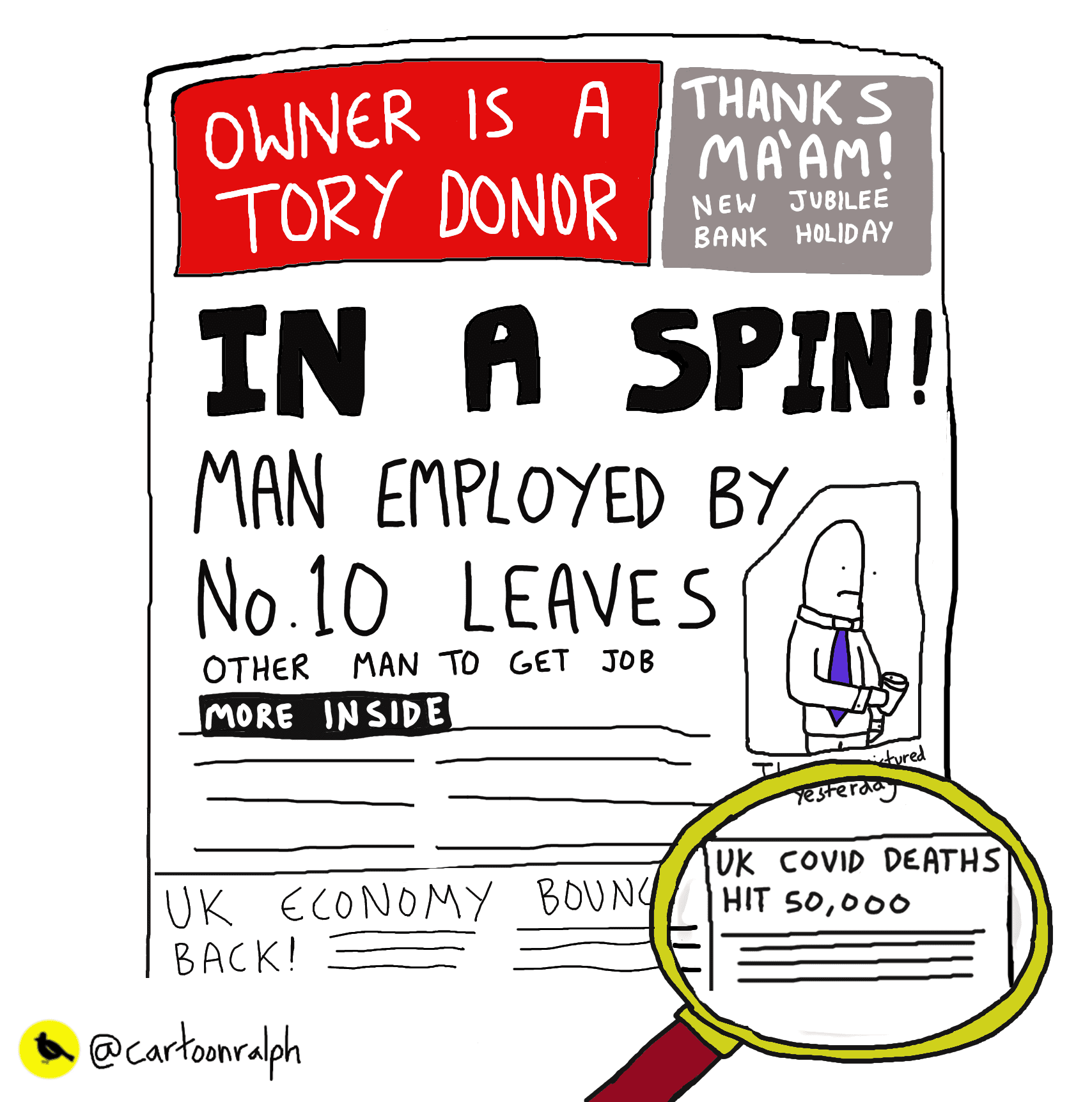The number of people having to wait more than 52 weeks to start hospital treatment continues to rise, new figures show.
Across England, 139,545 people had waited more than 52 weeks to start treatment as of September this year – the highest number for any calendar month since September 2008.
In September 2019, the figure was just 1,305.
The data from NHS England also shows 1.72 million people were waiting more than 18 weeks to start treatment in September.
This is down from 1.96 million in August, but is up sharply on the equivalent figure for September 2019 of 672,112.
The total number of people admitted for routine treatment in hospitals in England was also down 27% in September compared with a year ago.
Some 209,562 patients were admitted for treatment during the month, down from 288,230 in September 2019.
The year-on-year decrease recorded in August was 43%, and in July the drop was 55%.
Siva Anandaciva, chief analyst at the King’s Fund, said staff were working hard to meet the health needs of people with and without Covid-19.
But he said it was “already clear that hospitals are having to prioritise the sickest patients and once again delay some planned procedures”.
He added: “With nearly 140,000 people now waiting over a year for care and the worst of winter yet to come, it’s clear the NHS won’t be back to ‘normal’ any time soon.
“Even before the pandemic, waiting times were slipping as the NHS faced a workforce crisis with more than 40,000 nursing posts vacant.
“For the NHS to have any chance of substantially reducing waiting times for patients before the end of this parliament, it will need significant long-term investment to grow and support its workforce in line with the government’s manifesto commitments to increase the number of doctors, nurses and other staff.”
Thursday’s data also showed that 400,000 patients in England had been waiting more than six weeks for a key diagnostic test in September.
A total of 420,445 patients were waiting for one of 15 standard tests, including an MRI scan, non-obstetric ultrasound or gastroscopy. The equivalent number in September 2019 was 38,750.
The number has fallen in recent month after peaking at 571,459 in May.
The data also showed progress on cancer referrals, with 199,801 urgent referrals made by GPs in England in September, up from 195,196 in September 2019 – a rise of 2%.
This compares with a year-on-year drop of 15% in August, 19% in July and 21% in June.
But urgent referrals where breast cancer symptoms were present – though not initially suspected – were down from 13,475 in September 2019 to 10,963 in September this year, a fall of 19%.
Accident and emergency attendances at hospitals in England continued to be below levels of a year ago.
A total of 1.6 million attendances were recorded in October, down 26% from 2.2 million in the same month of 2019.
NHS England said the fall is “likely to be a result of the Covid-19 response”, suggesting people are still staying away from A&E departments because of the coronavirus outbreak.
The drop in October compares with falls of 20% in September, 19% in August and 30% in July.
An NHS spokesman said: “Despite rapidly rising Covid hospitalisations, cancer services are now back at pre-pandemic levels, GP appointments are running ahead of this time last year, and hospitals have made particular progress in bringing back overnight elective operations.
“But it is clear that where there are higher levels of Covid we are seeing an impact on routine non-urgent care, so the public can play their part by continuing to help stop the spread of the virus.”
According to NHS England, the NHS was back to 80% of overnight planned operations at the end of October compared with the same point last year, as well as 100% of CT scans and 88% of MRIs.
Planned treatment is back to 94% in the South East, and 74% in the North West, where Covid infections are higher, it said.
Dr Nick Scriven, immediate past president of the Society for Acute Medicine, said: “Pressure has been rising substantially in many parts of the country over recent weeks with growing concerns of overcrowding in both emergency and acute medical units, compromising infection control and patient safety.
“This is being driven by both Covid-related illness on top of an increasing seasonal demand and, with data continuing to show how hospitals are struggling greatly before we enter the winter months, we are deeply concerned.”


















